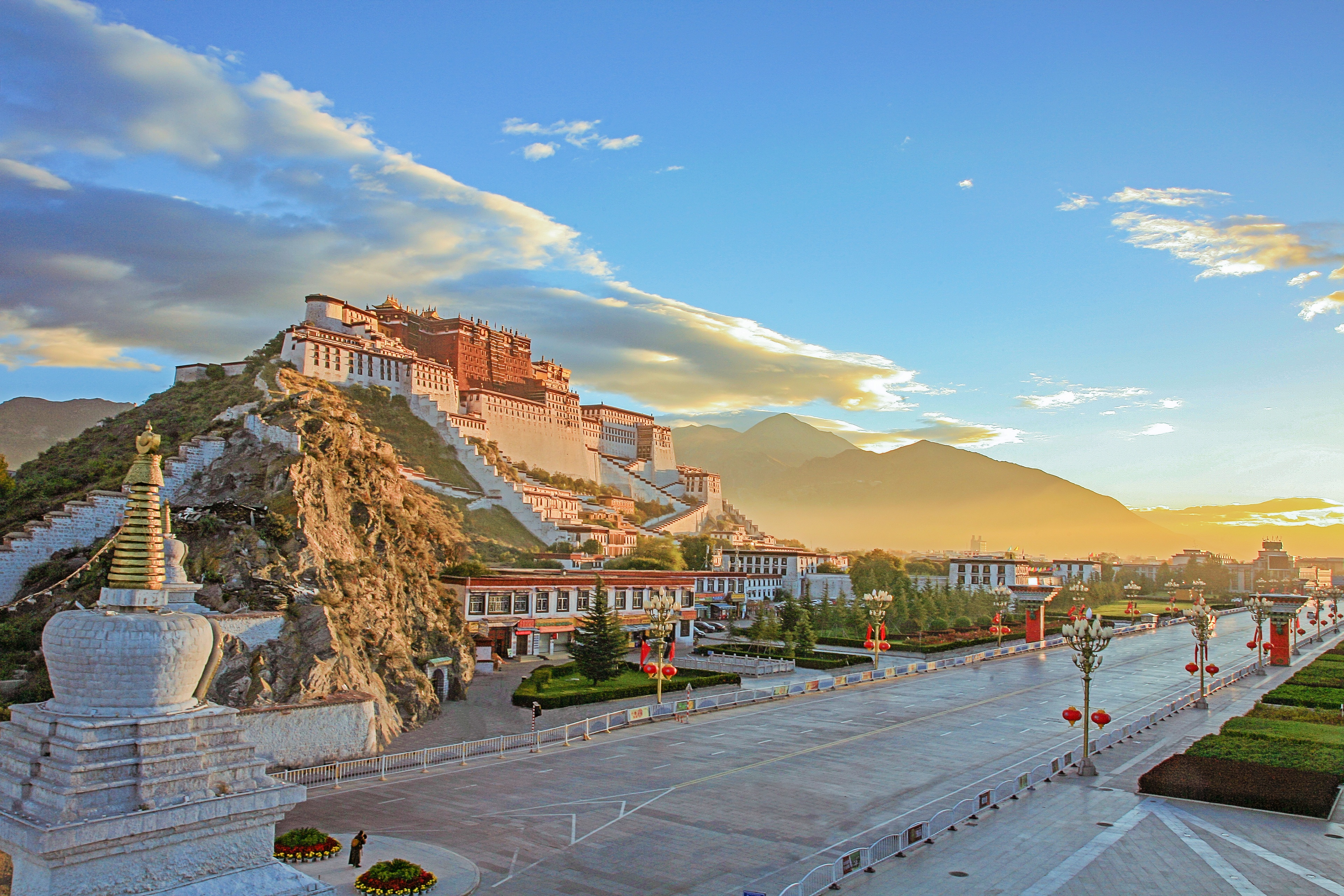Được giảm giá 10% trên ứng dụng bằng mã khuyến mãi APP10
- SGDĐô la Singapore
- AUDĐô la Úc
- EUREuro
- GBPPound Sterling
- INRRupee Ấn Độ
- IDRRupiah Indonesia
- JPYYên Nhật
- HKDĐô la Hong Kong
- MYRRinggit Mã Lai
- TWDTân Đài Tệ
- THBBạt Thái Lan
- PHPPeso Philippine
- USDĐô la Mỹ
- NZDĐô la New Zealand
- VNDĐồng Việt Nam
- KRWĐồng Won Hàn Quốc
- AEDEmirati Dirham
- CNYChinese Yuan
- CADCanadian Dollar
- CHFSwiss Franc
- 한국어
- 日本語
- English
- Bahasa Indonesia
- Tiếng Việt
- ไทย
- 简体中文
Những điều cần làm trong Lhasa 2026 | Pelago của Singapore Airlines

Đặt những điều cần làm trongLhasa
Những hoạt động phổ biến ở Lhasa
Những thông tin du lịch cần thiết cho Lhasa
Du khách nói gì
Khám phá Lhasa theo sở thích
Tại sao lại đặt chỗ bằng Pelago?
Đảm bảo giá tốt nhất
Dịch vụ tăng trưởng nhanh chóng
Kết nối với văn hóa
Đăng ký để bạn được giảm 10% cho 2 lần đặt chỗ đầu tiênCó áp dụng Điều khoản & Điều kiện
Các câu hỏi thường gặp
Giới thiệu về Lhasa
Lhasa, the capital of Tibet, is known for its rich cultural heritage and stunning mountain landscapes. The currency used in Lhasa is the Chinese Yuan. The city is home to iconic landmarks such as the Potala Palace and Jokhang Temple, offering visitors a glimpse into Tibetan Buddhism and history. Lhasa is also a hub for trekking and exploring the Himalayas, making it a popular destination for adventure enthusiasts.
When to visit
The best time to visit Lhasa is during the spring and autumn months when the weather is mild and pleasant. Summer can be rainy, while winter brings cold temperatures and snow. It's important to note that Lhasa experiences high altitude, so visitors should acclimatize slowly to prevent altitude sickness.
Getting around
Getting around Lhasa is relatively easy, with options such as taxis, buses, and bicycles available for transportation. Walking is also a popular way to explore the city, especially around the Barkhor Street area where many attractions are located. For longer distances, hiring a private car or joining a guided tour is recommended.
Traveller tips
When visiting Lhasa, remember to respect local customs and traditions, especially when visiting religious sites. It's also important to stay hydrated and take it easy to acclimatize to the high altitude. Bargaining is common in markets, so don't be afraid to negotiate prices. Be prepared for varying weather conditions by packing layers. Lastly, try local Tibetan cuisine for an authentic culinary experience.